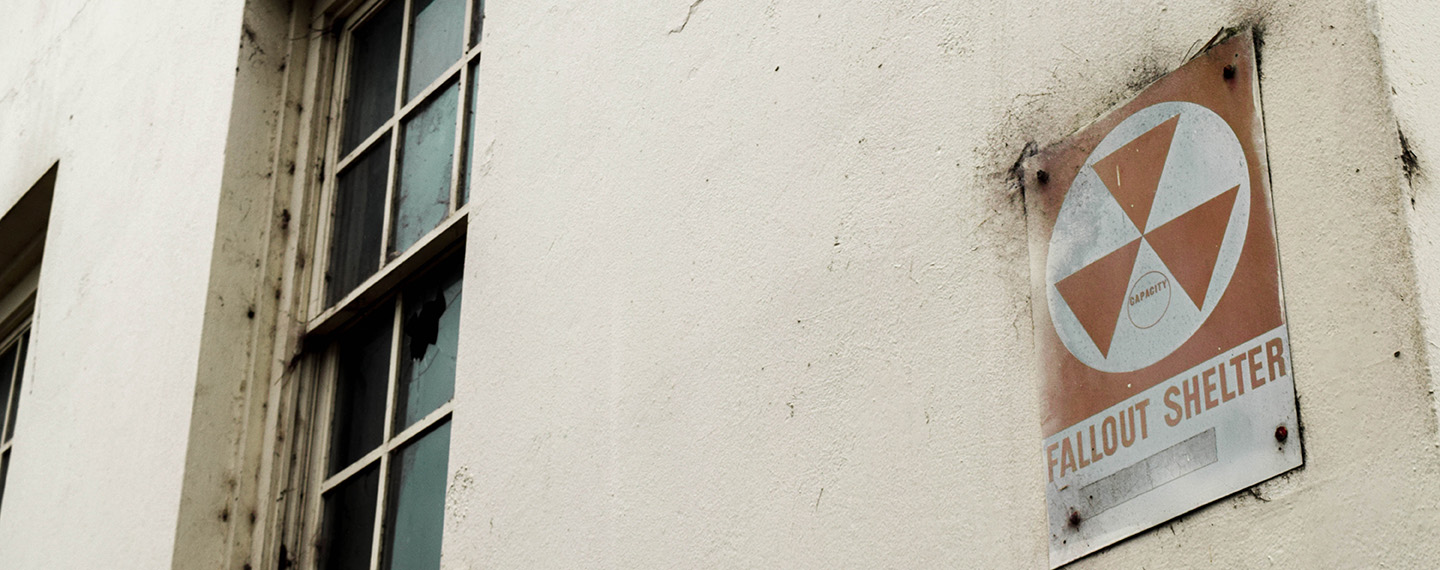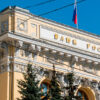The invasion of Ukraine has laid bare the true goals of the Russian President Vladimir Putin and has alerted us to just how far he will go to achieve them in order to weaken the countries of the Western world, including state-sponsored terrorism and the threat of nuclear terrorism. Putin’s aims go beyond regime change in Ukraine as a means to right the country’s tilt to the West over the last two decades and bring the former Soviet republic under the Kremlin’s tutelage. The Russian leader is pushing the historical narrative to the limits, manipulating facts to justify Ukraine’s disappearance as an independent nation and the forceful absorption of its territory and population into Russia. His ultimate goal? Russian expansion, a redrawing of the foundations of European security and the erosion of the stability of liberal democracies.
“(…) there has been –and continues to be– room for terrorist tactics in the hybrid threat Putin’s Russia poses to the West. Yet under the pretext (dubious) of Russia’s participation in the global war against jihadist terrorism (…)”
Fernando Reinares
The Russian authorities have been engaged in initiatives to subvert open societies for a number of years to achieve the goals of Putin and his regime. Their repertoire includes cyberattacks and targeted assassinations, alongside meddling in elections and political processes, using official propaganda tools like Russia Today and Sputnik, supplemented by more subtle disinformation programmes. Taken together with conventional and non-conventional manifestations of armed intervention in Russia’s neighbourhood, all this subversion forms part of what has come to be known as a hybrid threat. Crucially, however, as the political assassinations show, there has been –and continues to be– room for terrorist tactics in the hybrid threat Putin’s Russia poses to the West. Yet under the pretext (dubious) of Russia’s participation in the global war against jihadist terrorism, it is all too easy to turn a blind eye to this component.
The Russian authorities have already ordered acts of terrorism on the open societies of the Western world. In the last two decades, Kremlin agents, some of whom have gone on to be decorated by Putin, have assassinated or targeted dissidents in Western countries, notably the UK and Germany. In doing so, they have made use of radioactive elements produced in Russian military laboratories, toxic chemicals developed during the Soviet Union and firearms. The attacks have sought to intimidate exiled dissidents and dissuade them from contact or cooperation with Western governments. They have also targeted opposition figures in Russia with a view to paralysing all political opposition to Putin’s regime, both inside and outside the country. Similar terrorist acts have taken place in Ukraine, most notably when the former President Viktor Yushchenko –whose victory contradicted Russia’s designs for the country– was poisoned in 2004, shortly before the start of his presidency, although he ultimately survived.
Within Russia itself, the country’s anti-terrorist legislation was adopted in an international context of concern about the threat of jihadist terrorism. It has been and continues to be abused by the security forces and judicial apparatus of Putin’s personality-driven autocracy to persecute opposition to his regime. The application of these anti-terrorist laws, which undermine respect for and the protection of human rights, has spread from Russia to the authoritarianisms of Central Asia. The Russian authorities’ handling of the jihadist threat itself has also been characterised by ambivalence and duplicity: at the same time as supporting Bashar al Assad in his campaign against non-jihadist opposition groups to project the illusion that his dictatorship was the only alternative to the jihadists, they facilitated the displacement of foreign terrorist fighters from regions such as Chechnya and Dagestan to Syria and other conflict zones where Islamist militants are active. The result has been the export of the threat they pose to Russian stability in the North Caucasus. Moreover, the terrorist threat cast a long shadow over the Winter Olympics held in Sochi in February 2014.
“(…) the current Russian authorities have supported organisations that have systematically practised and continue to practise terrorism in various regions throughout the world, including in Western Europe and other parts of the EU.”
Fernando Reinares
Similarly, the current Russian authorities have supported organisations that have systematically practised and continue to practise terrorism in various regions throughout the world, including in Western Europe and other parts of the EU. For example, the Russian armed forces recently worked with Hezbollah as part of the conflict in Syria. They also provided combat resources to Taliban fighters in Afghanistan before these al-Qaeda-linked Islamic extremists seized control of Kabul. It is not surprising, then, that Syria and Iran rank among Russia’s biggest allies. Both have supported insurgent activities in general and the repertoire of terrorist activities used by Hezbollah in particular. Nor should we be surprised that Russia was one of the four countries that did not immediately evacuate staff from its embassy in Kabul when the Taliban seized power or that Moscow has remained on friendly terms with the new governing force in Afghanistan.
In Ukraine, Putin’s regime has lent its support to separatist militias active in the country, which have systematically carried out terrorist acts as part of insurgent violence. In July 2014 a Russian-manufactured missile, launched from the Donbas region controlled by pro-Russian rebels, killed 298 passengers on board a Malaysia Airlines flight crossing the zone on route from Kuala Lumpur to Amsterdam. The episode was a powerful reminder of the destructive potential of the lethal means provided by the Kremlin to separatist groups. A sizeable number of the members of these militias have also received training from the Russian Imperial Movement, whose activities are tolerated by Putin’s regime, provided they do not cause too much trouble inside the country. The organisation has two paramilitary training camps around St Petersburg, where it has provided white supremacists from Western countries with training on terrorist tactics. For example, in 2016 individuals from Sweden who received training went on to carry out attacks against immigrants and asylum seekers later that year and again in 2017.
“Regardless of the final outcome in Ukraine (…) as long as his regime persists, and with it the ends it pursues, the scope of state-sponsored terrorism is likely to continue to grow as a Russian foreign policy tool.”
Fernando Reianres
In short, there is room for terrorist tactics in hybrid warfare and the hybrid threat the current Russian regime poses to the countries of the Western world contains a clear terrorist component. While the latter not always receive the attention it deserves, Moscow has shown itself both willing and able to utilise it, both inside Western societies and against the West’s interests elsewhere. Paradoxically, the Russian authorities have distracted the West’s attention from the terrorist component of this hybrid threat by using the fight against jihadist terrorism as a pretext that has also served to expand the Kremlin’s international influence. Regardless of the final outcome in Ukraine –whether Russia’s invasion serves to embolden Putin or whether he perceives himself to be humiliated by the conflict he has started– as long as his regime persists, and with it the ends it pursues, the scope of state-sponsored terrorism is likely to continue to grow as a Russian foreign policy tool. And all this is to say nothing of the terrorist tactics employed by the Russian army through its deliberate bombing of civilian targets and Vladimir Putin’s express mention of the threat of nuclear terrorism.
Image: Anti-nuclear shelter sign. Photo: Burgess Milner



